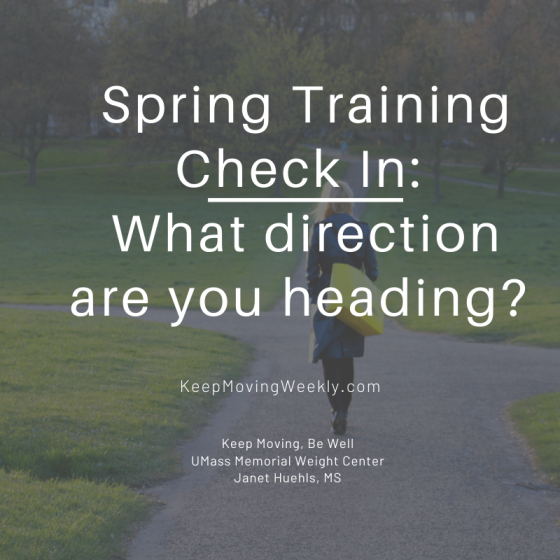
The “new normal” right now is exercising at home. If you are not set up to do that, here are some tips for staying healthy and well as you create your home exercise program. Start with these three simple rules:
- Any time you do something new, start small. Your body gets used to exactly what you give it. Anything new is likely to produce muscle soreness. However there is no such thing as a ‘good sore’. Muscle soreness does not mean you are getting more benefits or burning more calories, it just means you did too much too soon. Start with half a video or a lighter version of an exercise. See how you feel the next day and then gradually progress
- Discover something new. Despite all the problems this outbreak is causing, it is also presenting many new opportunities. While easing into something new, enjoy the novelty of moving in different ways. You never know what you might discover. Keep your mind set on the opportunities this is presenting to help you stay positive and optimistic and well.
- Some thing is better than nothing. The most effective thing you can do for your health and well being right now, besides washing your hands and social distancing, is to keep moving in a way that keeps your immune system strong and your stress low. This is no time for perfection, it’s time to keep moving and be well!
Here are some links to online exercise programs I often recommend.
Dance fun for anyone:
Body Groove is an online program that is a fun way to exercise alone or with a group. there is a fee but check out some of the free samples to see if it is a fit for you.
Richard Simmons is a blast from the past for many of us. His videos are online and worth checking out if for no other reason than to see the fashions!
Put on music and dance. Its that simple. A daily dance part with your family or with friends through video chat is a great way to reduce stress and connect while doing some great cardiovascular exercise.
Leslie Sansone Videos are simple and FREE. They can also be done while seated in a chair if standing is painful.
If you are limited by pain, seated aerobics is often a great option
Chair aerobics for Everyone DVD
Paul Eugene seated aerobics – FREE
Fuzion Fitness seated aerobics – FREE
Chair yoga
Do Yoga With Me has some free videos for all kinds of yoga including chair yoga.
Amber Karnes for Body Positive yoga for chair yoga: Some FREE some for a fee
Yoga with Adriene chair yoga session – FREE
Happy yoga has several chair yoga sessions – FREE
Exercise with your kids
I will continue to post links to ideas for home exercise. Feel free to share yours in the comments section. Keep Moving. We will get through this together!
Keep Moving, Be Well,
Janet



 The way to get this benefit though goes against the way you may have been taught to stretch in the past. The word stretching implies you are stretching a muscle like a piece of cloth, and the more you pull the more the muscle will relax. Because the nervous system is in a large part what is ‘allowing’ the muscle to ‘stretch’ or not, pulling harder means your nervous system needs to go into that ‘hyper-alert’ mode to protect the muscle from injury.
The way to get this benefit though goes against the way you may have been taught to stretch in the past. The word stretching implies you are stretching a muscle like a piece of cloth, and the more you pull the more the muscle will relax. Because the nervous system is in a large part what is ‘allowing’ the muscle to ‘stretch’ or not, pulling harder means your nervous system needs to go into that ‘hyper-alert’ mode to protect the muscle from injury.








